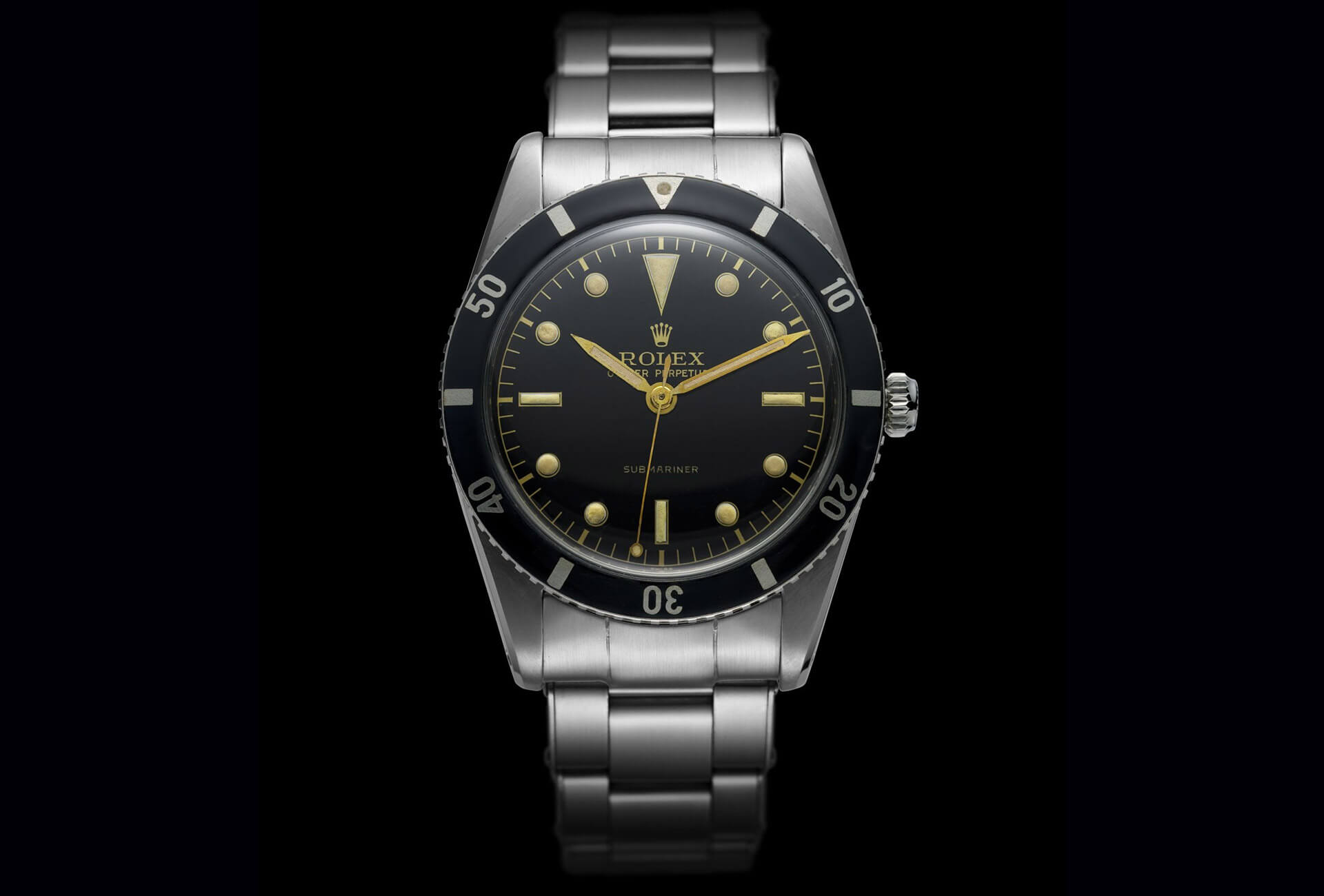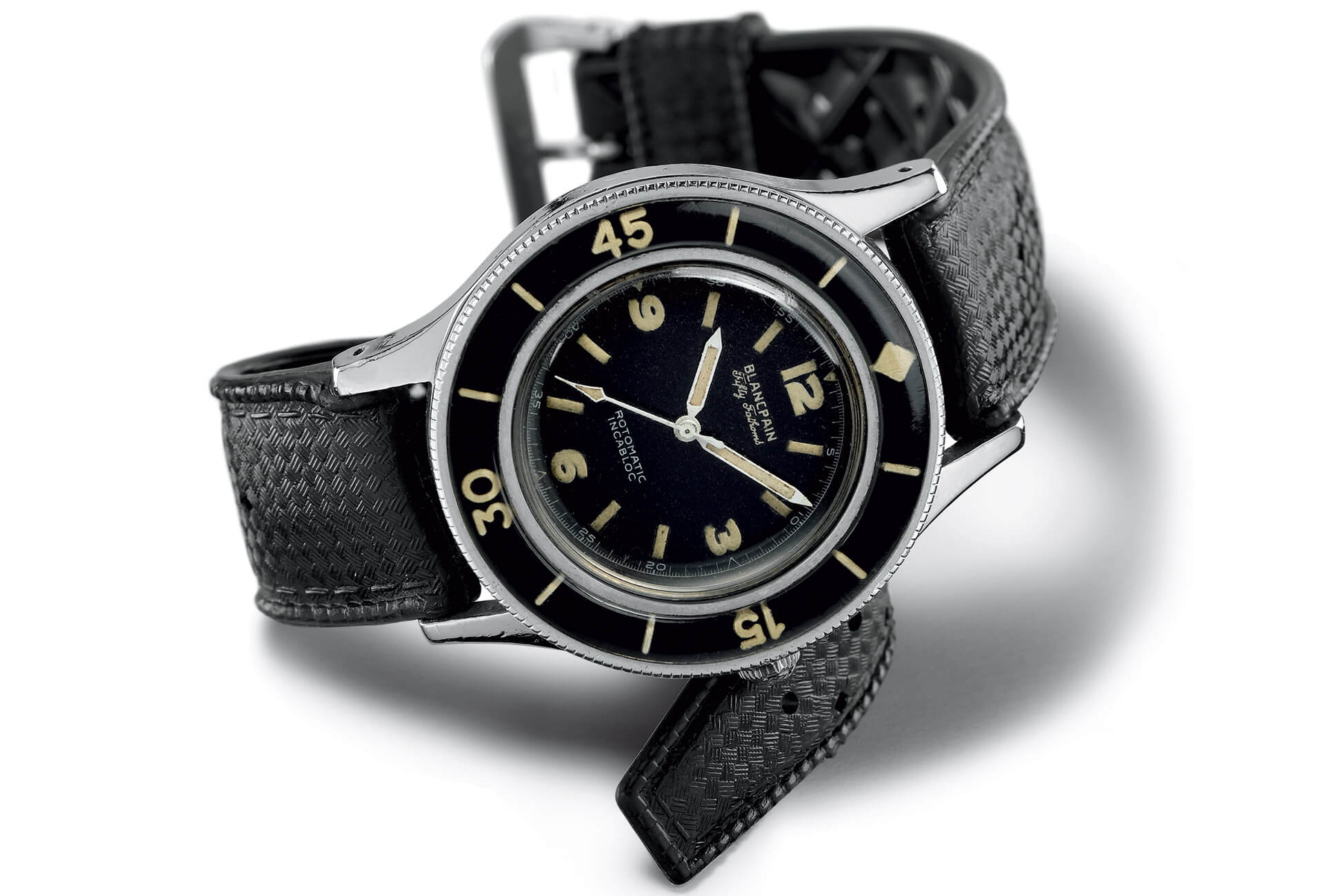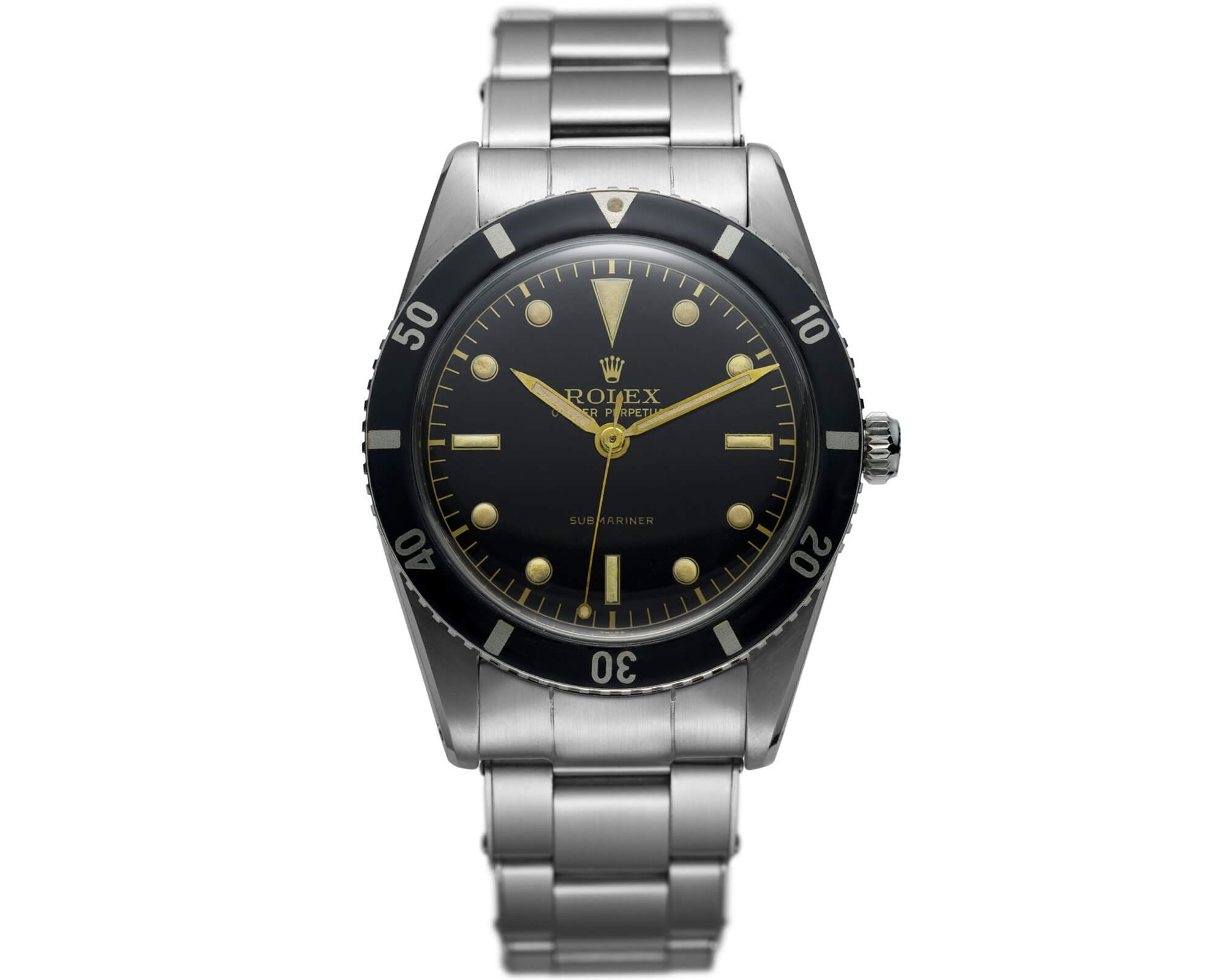The unique charm of a vintage watch comes at a price: the cost of the watch itself, of course, but also the cost of research and making the right choice. Reading up on the subject and plain old common sense are the keys to success.
Know what you want
You saw your favourite actor in your favourite film wearing a fantastic alarm watch and now you want one too. First up, check if you can find a perfect match at a retailer’s, or from a friend. Trying before buying is always the best way to go. All too often, we mistakenly imagine that the watch on our neighbour’s wrist will have the same irresistible charm on ours. Which brings us to a sizeable problem, in every sense of the word: vintage watches are smaller than contemporary styles: between 31 and 36 mm for a man’s dress watch, and between 34 and 39 mm for a chronograph from the 1940s to 1970s. More substantial sizes begin to make an appearance as of the Seventies: a Speedmaster Moonwatch, a Super-Compressor case or an automatic Heuer Autavia, for example, all measure 42 mm across.
If you can’t try the watch on, enquire about the size (diameter excluding crown) then try a recent style in the same size. This will give you an idea.
Next step, put on your Sherlock Holmes deerstalker and do some sleuthing. Gather as much information as you can, even what might appear trivial. And if at first you don’t succeed, search, search and search again! You’ll often find several variations on the same model, different executions, one movement used when production started that was later replaced, changes to the hands, etc. This is perfectly normal in an era when watchmaking wasn’t as industrialised as it is today. Bear in mind, though, that one or other configuration can have an enormous impact on price. Start investigations with a general online search for the model in question. This will lead you to a multitude of sources (forums, blogs, retail websites, brand websites, etc.) that you can use to cross-reference information. Be methodical. If you have a doubt or need additional information, look again.
Once you have your heart set on your grail watch, sites such as eBay and Chrono24 are a good way to gauge the size of the market, and prices. And if these prices are within your range, it’s time to move on to the next stage.
Find what you want at the right price
Several factors determine the price of a vintage watch. Here are some of the most important:
1) Brand: reputation, hence resale value
2) Model: admired, loved, hated, faked…
3) Version and rarity: rarer, more coveted, more beautiful
4) Condition: 100% original, repolished, original or refinished dial, patina, hands, general appearance…
5) Seller: auction house, brand, reputable dealer, website, forum, Instagram, other collectors
6) Guarantees: brand archives record/certificate of authenticity, full working order, availability of spare parts…
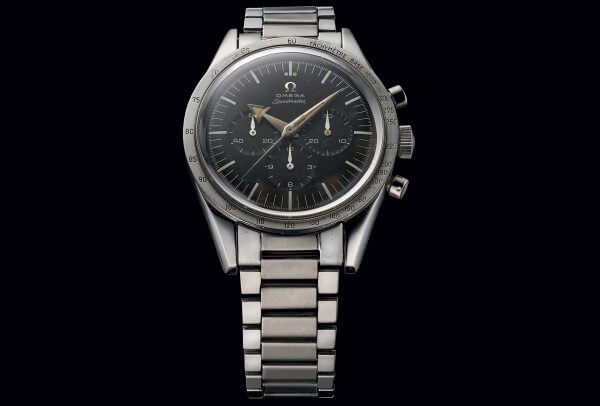
By way of illustration, any vintage Omega will always cost more than a Tissot. A vintage Omega Speedmaster Professional will have a greater value than any other Omega Speedmaster. And a pre-moon Speedmaster Professional (pre-July 1969) will be worth more than another Professional.
A 100% original, pre-moon Speed Pro in perfect condition – case has never been repolished, unstretched bracelet, original dial and hands, nice patina, original movement in good condition, plus the original box and papers – sold at Phillips, Sotheby’s or Christie’s will fetch between three and five, maybe even ten, times more than a “poor” example of the same reference from the same year sold online or by any old seller.
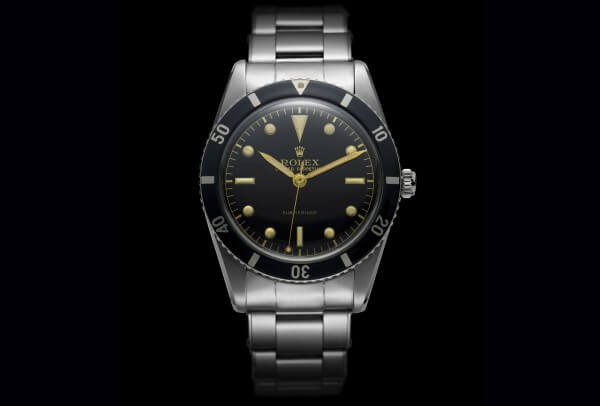
Now let’s look at the most sought-after vintage model: the Rolex Submariner. Demand is so high, and the number of variations such that prices can climb sky-high. Add to that fakes and other frankens (assembled from several watches, with or without counterfeit parts), and you’re picking your way through a minefield.
Before buying my first vintage Rolex, I spent years, sweat beading my brow, searching for information and advice before finally taking the plunge, following all the above points. In my case, the seller turned out to be the decisive element: the last thing anyone wants is to finally have their grail watch, only to realise it’s a fake or has been partially redone!
The main pitfalls
1) Sellers: a seller can be disingenuous, unreliable or lacking in knowledge. It’s hard to know when a seller is telling the truth, particularly when you aren’t (yet) a specialist yourself. Again, it’s better to pay slightly over the odds at a reputable dealer’s who will provide a guarantee and where you can always return the watch, rather than falling for an eBay bargain with no guarantee.
2) Buying online: photos and descriptions are often lacking in detail. Don’t hesitate to ask for additional photos or more specific information, including the watch’s service history. Think of it as the small print in a contract. If in doubt, don’t buy!
3) Modifications and frankenwatches: you didn’t do your homework properly? Didn’t spot that the hands had been changed, that it was the wrong bezel, that the dial wasn’t original? The dial is often the most valuable part of the watch, particularly where certain of the more prominent brands are concerned. If you missed this “detail” and bought the watch, too late. It works but is worth significantly less than you paid. Just as long as you’re happy!
4) The fantastic but ultra-rare watch: if replacement parts for the exterior or movement are impossible to come by, the watch will end up in a drawer or on eBay for spares. Or you’ll spend the next two years glued to eBay searching for that elusive bezel or pusher.
To sum up
This one article can only go some way in helping you arm yourself with knowledge, or pointing out the pitfalls to avoid in your vintage quest, but it does provide a reference base.
1) Read all about it! Google is your friend. Other collectors too. You don’t know any? Online forums are there to help.
2) Consider resale value, unless you intend buying all your watches for life. Buy the seller, particularly above a certain price.
3) If you want to wear your vintage watch, buy the brand and with it the assurance that spare parts are available (case, dial, hands, etc.). And buy the movement: a watch by a lesser-known brand but fitted with a reputable movement is sure to find at least one watchmaker to repair it.
4) If the brand still exists, it can also repair your watch, but restoring the movement and/or exterior has a high cost and a long wait time, as components often have to be specially made. Which means bye-bye original parts. Your vintage watch will lose much of its charm, as well as value. Something worth bearing in mind.
For further information
http://www.chronomania.net/accueil.html
http://forumamontres.forumactif.com/
http://www.horlogerie-suisse.com/
An interesting guide to buying watches on eBay, by our friends at Hodinkee: https://www.hodinkee.com/articles/hodinkee-guide-to-buying-watches-on-ebay








